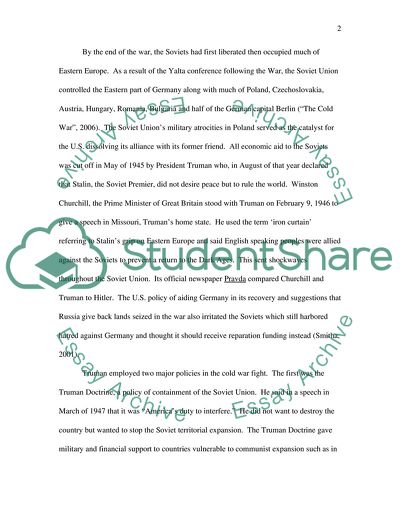Cite this document
(The Legacy of the Cold War Essay Example | Topics and Well Written Essays - 1500 words, n.d.)
The Legacy of the Cold War Essay Example | Topics and Well Written Essays - 1500 words. https://studentshare.org/politics/1711042-us-history
The Legacy of the Cold War Essay Example | Topics and Well Written Essays - 1500 words. https://studentshare.org/politics/1711042-us-history
(The Legacy of the Cold War Essay Example | Topics and Well Written Essays - 1500 Words)
The Legacy of the Cold War Essay Example | Topics and Well Written Essays - 1500 Words. https://studentshare.org/politics/1711042-us-history.
The Legacy of the Cold War Essay Example | Topics and Well Written Essays - 1500 Words. https://studentshare.org/politics/1711042-us-history.
“The Legacy of the Cold War Essay Example | Topics and Well Written Essays - 1500 Words”. https://studentshare.org/politics/1711042-us-history.


